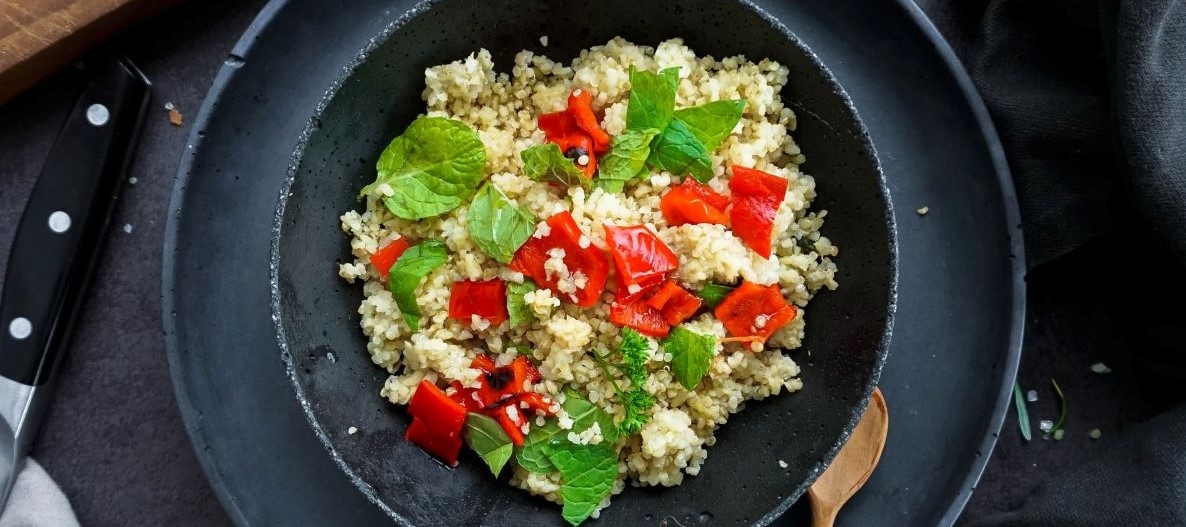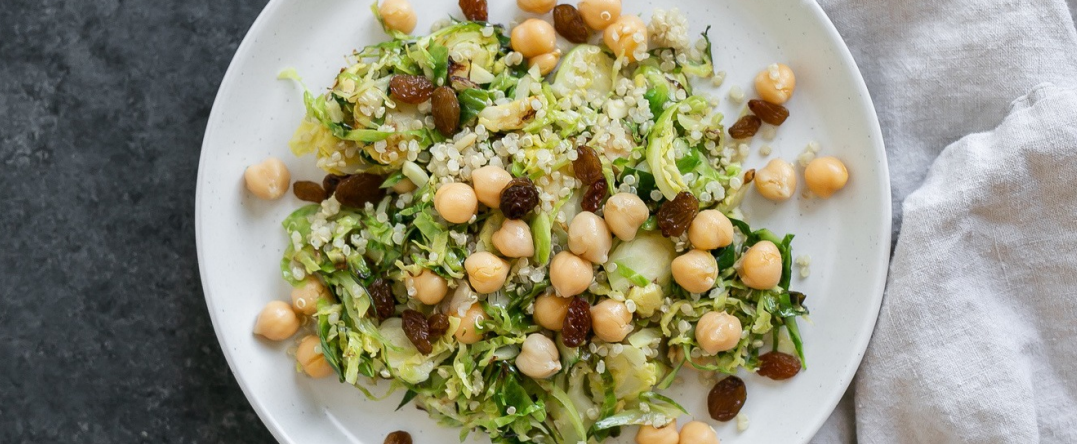
Quinoa: a complete protein and an important source of fibre
PHOTO: NICK BRATANE, UNSPLASH
Quinoa is native to South America, where it is considered a staple food. It was thought to first be cultivated near Lake Titicaca—between Bolivia and Peru in the Andes Mountains—about 5000 years ago. Due to its many health benefits which we will look at this week, it was known to the local Incas as ‘chisaya mama’ or as we would say, ‘mother of all grains’. It became popular in North America in 1990 and is often referred to as a super grain, resulting in the United Nations declaring 2013, as ‘The International Year of Quinoa’.
Quinoa is often referred to as a grain because it is cooked and stored like a grain, however, it belongs to the Goosefoot family which includes, vegetables like beets, spinach, and Swiss chard, which are known as pseudo-grains.
Quinoa has many health benefits, the main one being is that it is one of the only grains that it contains all nine essential amino acids—making it a complete protein, equivalent to meat and dairy products. This makes it an ideal food option for vegetarians, or those simply looking to reduce their meat consumption.
Not only is quinoa a complete protein but it is also an important source of fiber which is essential in promoting good bowel health, as it helps to clean out our digestive system and as with other fibrous foods keeps us feeling fuller for longer. So, for those looking to lose weight, this is an ideal food to add to your meal planning.
Quinoa is also a good source of Vitamin E which is a powerful antioxidant and supports good cardiovascular health it also is thought to help reduce the risk of certain cancers and eye disorders. For those with type 2 diabetes and problems with their metabolism, quinoa is a food that is recommended as it contains manganese which is a mineral responsible for developing and maintaining our metabolism.
For those who are gluten intolerant, Coeliac or find traditional grains hard to digest, quinoa is a great option as it does not contain gluten and can be used both in savoury and sweet dishes, making it an ideal staple for your pantry.
Quinoa is coated with a protective film of saponins, which protects it from insects, however, these saponins can be an irritant for some people, therefore it is always best to rinse quinoa under running water until the water becomes clear. Other options for those that may find quinoa hard to digest, is soaking it for a few hours in warm water with a tablespoon of apple cider vinegar, this will help to activate the enzymes, therefore, improving digestion and absorption of its nutrients. You will see that a brown film rises to the surface of the water, scoop the film off and then rinse the quinoa thoroughly, as before, until the water runs clear.
Quinoa is a great food to keep in your pantry as it cooks quickly and easily, and by adding some chopped vegetables, a handful of nuts and grains, drizzled with some olive oil, lemon juice and a handful of grated Parmesan cheese, you have a healthy, tasty meal ready in under 20 minutes just like the shaved Brussel sprouts and chickpea salad.
Send your nutrition questions to susan@susanalsembach.com










